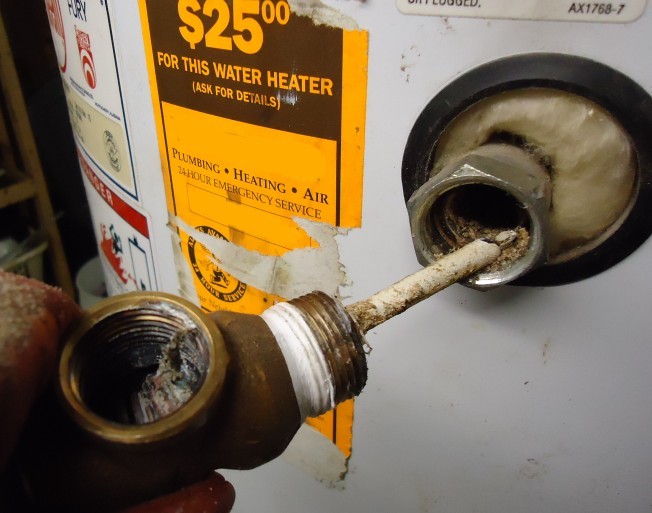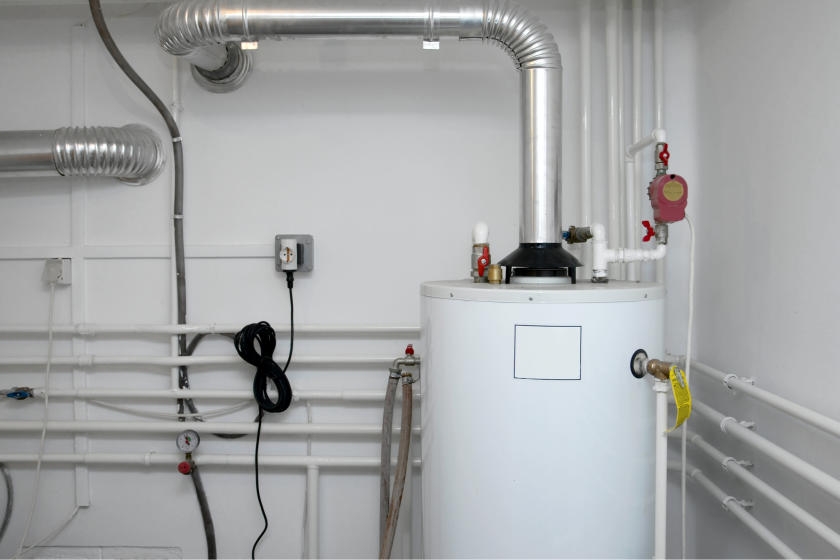Ensuring Longevity of Your Home's Hot Water System: Maintenance AdviceHow to Maintain Your Home's Hot Water System Functioning Well
Ensuring Longevity of Your Home's Hot Water System: Maintenance AdviceHow to Maintain Your Home's Hot Water System Functioning Well
Blog Article
How do you feel about Water Heater Maintenance Tips You Can't Afford to Forget?

Hot water is vital for day-to-day convenience, whether it's for a refreshing shower or washing dishes. To guarantee your hot water system runs effectively and lasts longer, normal maintenance is crucial. This write-up gives sensible pointers and insights on how to preserve your home's warm water system to prevent interruptions and pricey fixings.
Intro
Maintaining your home's warm water system could appear overwhelming, yet with a couple of easy actions, you can guarantee it operates smoothly for many years to find. This overview covers every little thing from recognizing your warm water system to DIY maintenance pointers and knowing when to hire specialist help.
Significance of Keeping Your Warm Water System
Regular upkeep not only expands the lifespan of your warm water system but additionally ensures it operates efficiently. Disregarding maintenance can bring about reduced efficiency, greater power bills, and also early failure of the system.
Indicators Your Hot Water System Needs Upkeep
Knowing when your warm water system requires focus can stop major issues. Look out for indicators such as irregular water temperature level, unusual noises from the heater, or corroded water.
Recognizing Your Hot Water System
Before diving right into upkeep tasks, it's useful to comprehend the fundamental elements of your hot water system. Usually, this includes the water heater itself, pipes, anode poles, and temperature level controls.
Regular Monthly Maintenance Tasks
Regular monthly checks can aid capture small problems before they rise.
Purging the Hot Water Heater
Purging your water heater removes sediment build-up, boosting effectiveness and prolonging its life.
Monitoring and Changing Anode Rods
Anode rods prevent corrosion inside the tank. Inspecting and replacing them when worn out is essential.
Examining and Changing Temperature Settings
Adjusting the temperature settings ensures optimal performance and safety and security.
Do It Yourself Tips for Upkeep
You can execute numerous maintenance tasks on your own to maintain your warm water system in leading problem.
Checking for Leaks
Routinely examine pipes and links for leaks, as these can result in water damages and greater expenses.
Evaluating Pressure Relief Valves
Testing the stress relief valve guarantees it operates properly and avoids excessive pressure build-up.
Protecting Pipes
Shielding hot water pipelines minimizes heat loss and can conserve energy.
When to Call a Specialist
While DIY upkeep is useful, some issues need professional know-how.
Facility Issues Calling For Professional Aid
Examples consist of major leaks, electric issues, or if your hot water heater is regularly underperforming.
Routine Expert Upkeep Advantages
Specialist maintenance can consist of thorough assessments, tune-ups, and ensuring compliance with safety and security standards.
Final thought
Normal maintenance of your home's warm water system is essential for efficiency, durability, and price savings. By complying with these pointers and knowing when to seek specialist help, you can guarantee a trusted supply of hot water without unanticipated disruptions.
How to Maintain an Instant Hot Water Heater
Before tinkering with your hot water heater, make sure that it’s not powered on. You also have to turn off the main circuit breaker and shut off the main gas line to prevent accidents. Also turn off the water valves connected to your unit to prevent water from flowing into and out of the appliance. 2. When you’re done, you have to detach the purge valves’ caps. These look like the letter “T” and are situated on either side of the water valves. Doing so will release any pressure that has accumulated inside the valves while at the same time avoid hot water from shooting out and burning your skin. 3. When the purge valves’ caps are removed, you have to connect your hosing lines to the valves. Your unit should have come with three hoses but if it didn’t, you can purchase these things from any hardware or home repair shops. You can also get them from retail stores that sell water heating systems. Read the user’s manual and follow it to complete this task properly. When the hosing lines are connected, open the purge port’s valves. 4. You should never use harsh chemical cleaners or solutions when cleaning your unit. Make use of white vinegar instead. It should be undiluted and you’ll probably use about 2 gallons. 5. Now flush your water heater. This task should probably take about 40 minutes. We can’t give you specific directions for this because the procedure is carried out depending on the type, model and brand of your heater. With that being said, refer to the user’s manual. 6. When you’re done draining the unit, you have to turn off the purge port valves again. Remove the hosing lines that you earlier installed on each of the water valves. Put the valve caps (purge port) back in their respective places and be very careful so as not to damage the rubber discs that are found inside these caps. 7. Now that everything’s back in place, check your user’s manual again to find out how to reactivate your water heating system. 8. Once it is working, turn one of your hot water faucets on just to let air pass through the heater’s water supply pipes. Leave the tap on until water flows smoothly out of it. https://www.orrplumbing.com/blog/2014/september/how-to-maintain-an-instant-hot-water-heater/

I was made aware of that editorial about Water Heater Maintenance Tips You Can't Afford to Forget through an acquaintance on a different site. Sharing is nice. Helping people is fun. We enjoy your readership.
Call Today Report this page